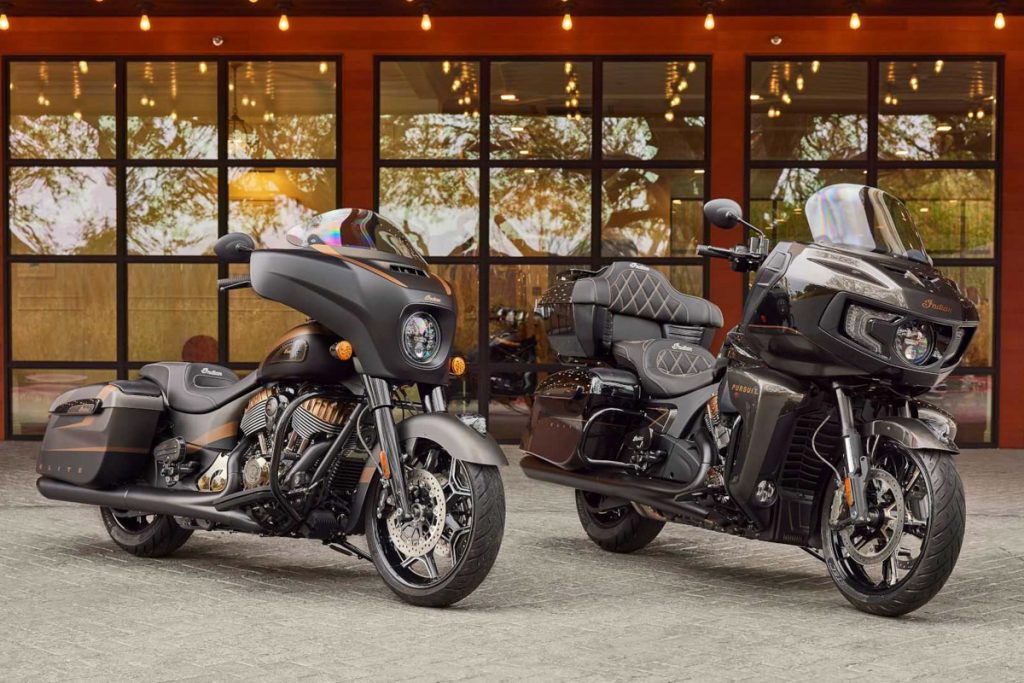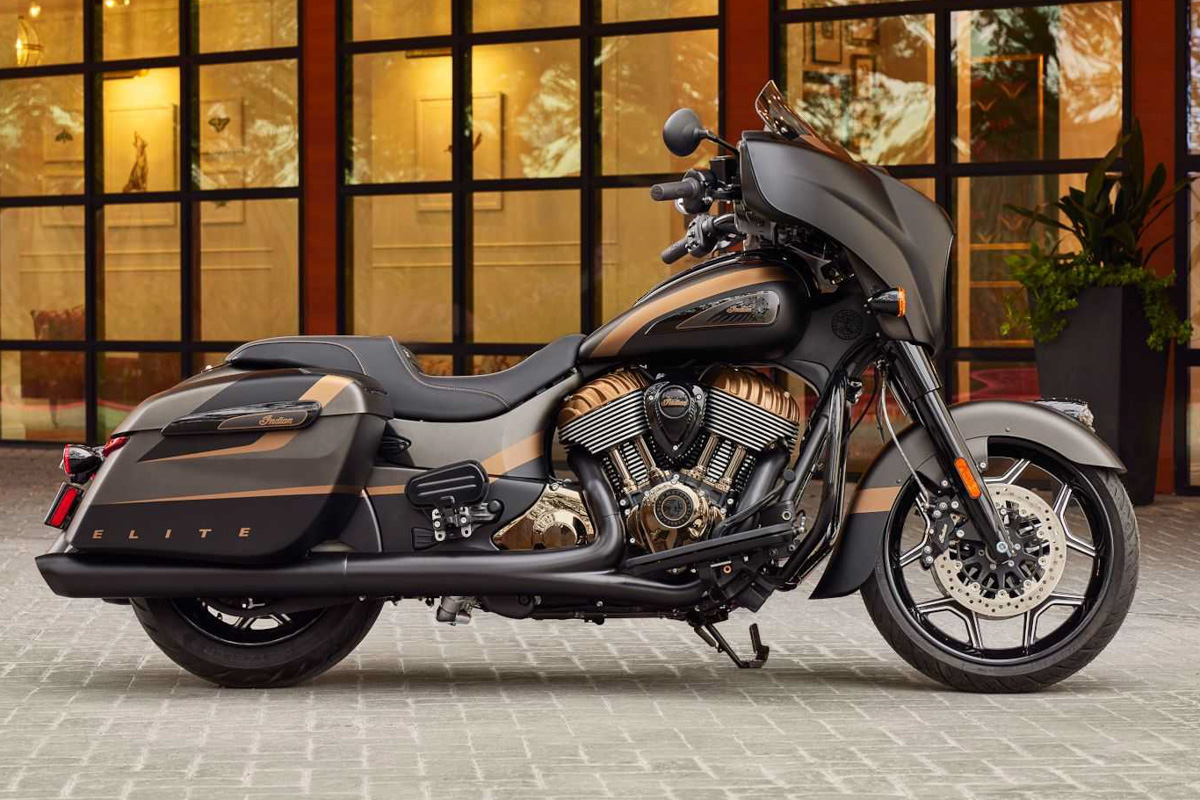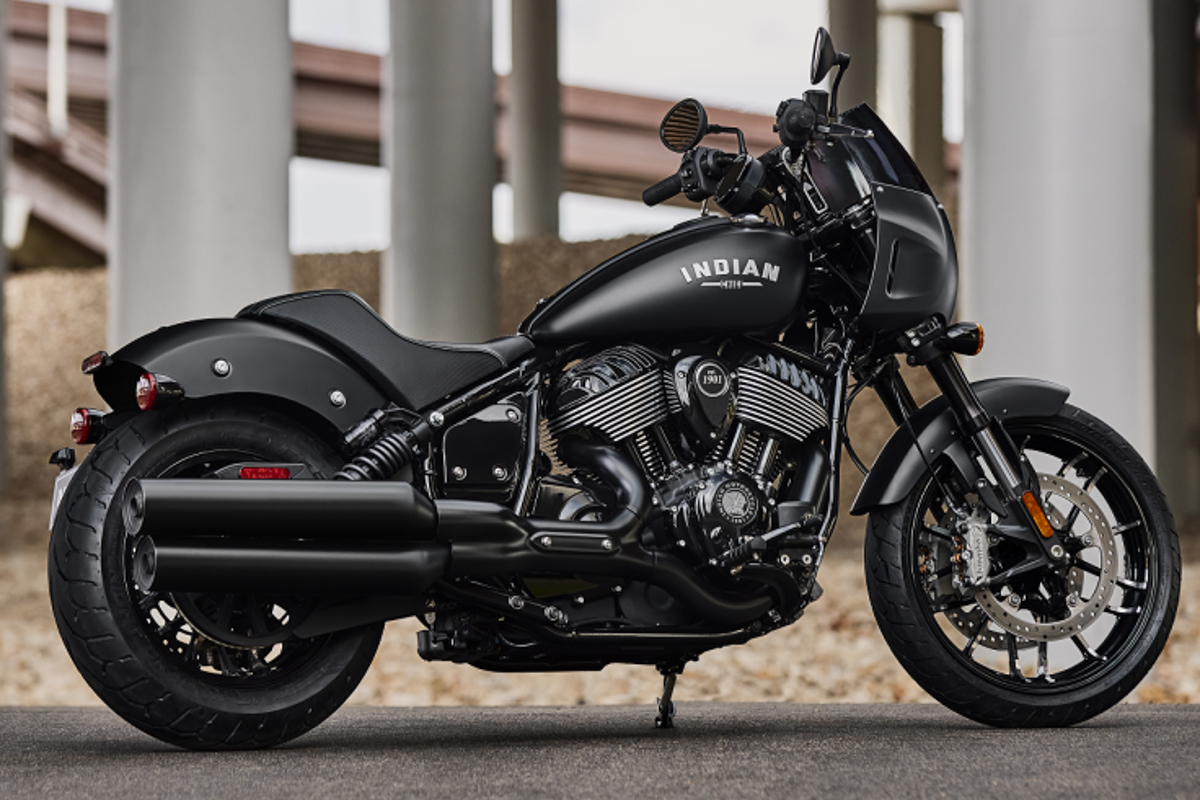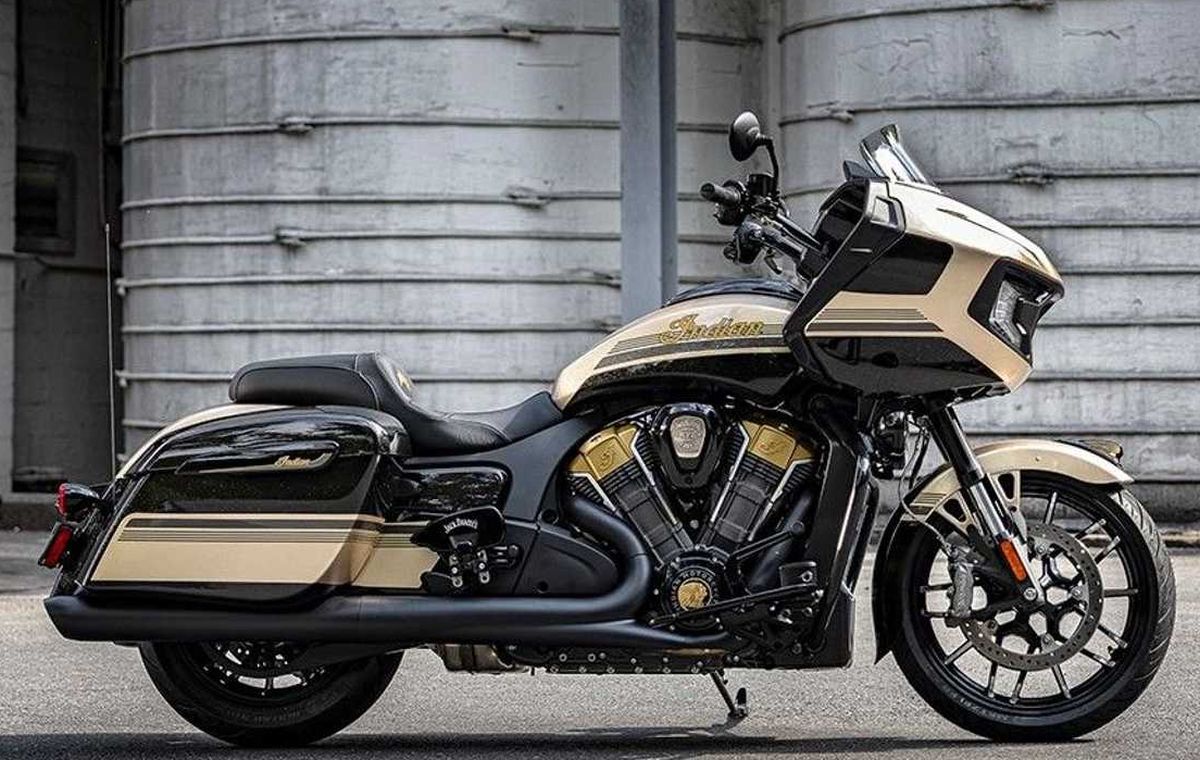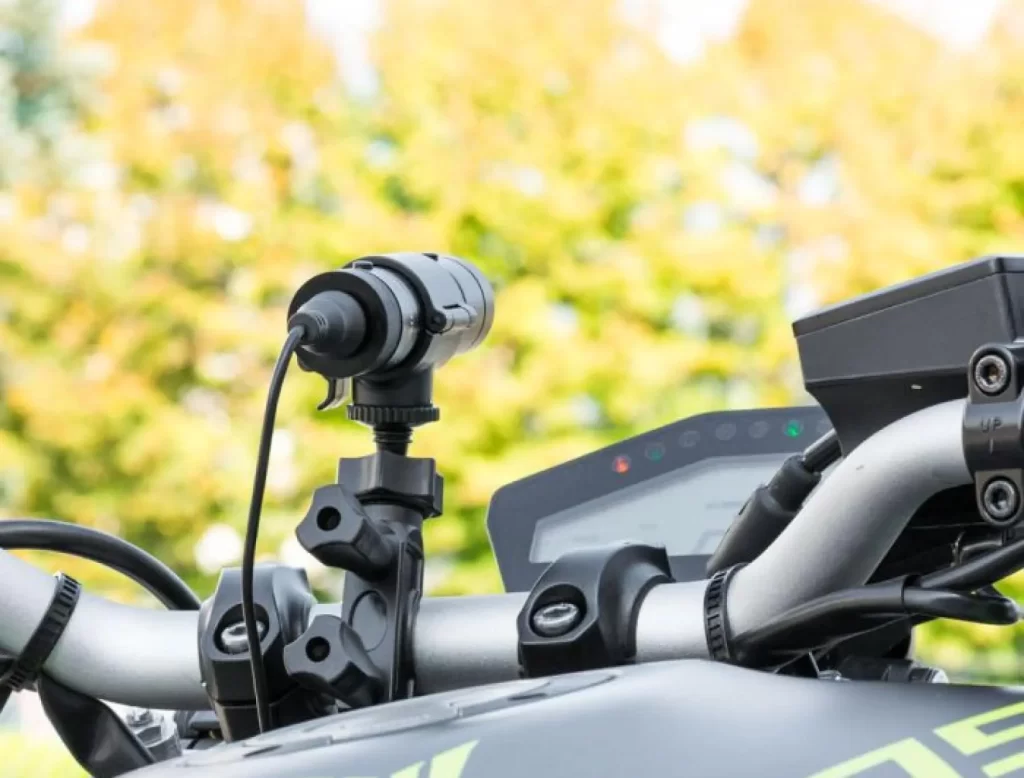Undoubtedly, contemporary advancements in heated apparel, coupled with innovations such as heated seats and grips, have significantly enhanced the comfort of cold-weather riding compared to previous decades. Despite these improvements, Indian Motorcycle is pioneering a breakthrough approach to elevate on-bike comfort even further through the incorporation of wireless, inductive power transfer technology.
While wireless charging is a familiar concept in everyday items like phones and electric toothbrushes, Indian’s recent patent application introduces a novel perspective. The proposal involves integrating inductive coils into strategic areas on a motorcycle, enabling the transfer of electricity to heated or cooled clothing, thereby enhancing riding comfort in extreme climates.
While heated clothing is not a novel concept, conventional methods often rely on battery packs, introducing concerns such as added weight, cost, bulk, and the risk of a depleted battery at inconvenient times. Alternatively, wired connections to the bike are utilized. While many motorcycles feature heated grips and seats, these can be inefficient in cold weather, especially when riders are clad in thick, insulated garments that impede the efficient transfer of warmth to the skin.
Indian’s patent application introduces a solution by combining the concept of routing electricity to crucial contact points on the motorcycle, such as handlebars, seats, backrests, and footboards, with the utilization of inductive coils in heated clothing to transfer power from the bike to the rider’s apparel. While this necessitates the use of compatible riding gear, it offers the advantage of direct, near-skin heating akin to electrically heated clothing, coupled with the convenience of in-bike wiring and handlebar-mounted temperature controls typically associated with heated grips or seats.
The patent also proposes the integration of inductive power with sensors embedded in the rider’s gear, monitoring factors such as temperature, air speed, humidity, and even heart rate. This integrated system could act as an automatic climate-control mechanism, ensuring continuous rider comfort without the need for manual adjustments.
Furthermore, the document envisions the application of inductive charging for the motorcycle itself. By incorporating a receiver in the sidestand and providing an outlet-powered charging mat for garages, riders could conveniently park their bikes on the mat, allowing the motorcycle’s battery to be charged and maintained automatically.
While certain aspects of the patent, such as a heart-rate sensor in the clothing, may seem ambitious, the fundamental idea of employing inductive power transfer for heated motorcycle clothing presents a promising advancement over existing options. The existence of this patent application suggests the potential for a standardized wireless system that could be adopted by various motorcycle brands and clothing manufacturers, enabling compatibility across different bikes—a prospect that may pose challenges but holds the promise of a universal solution.



